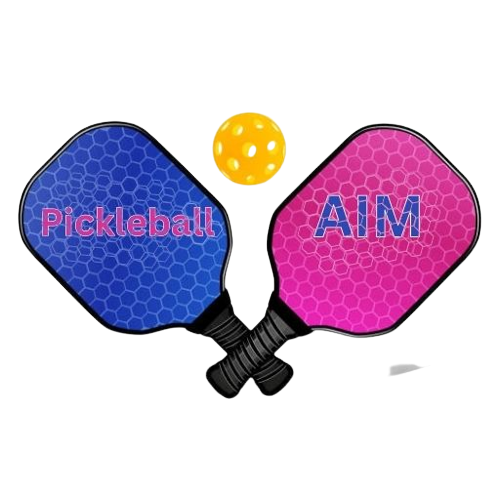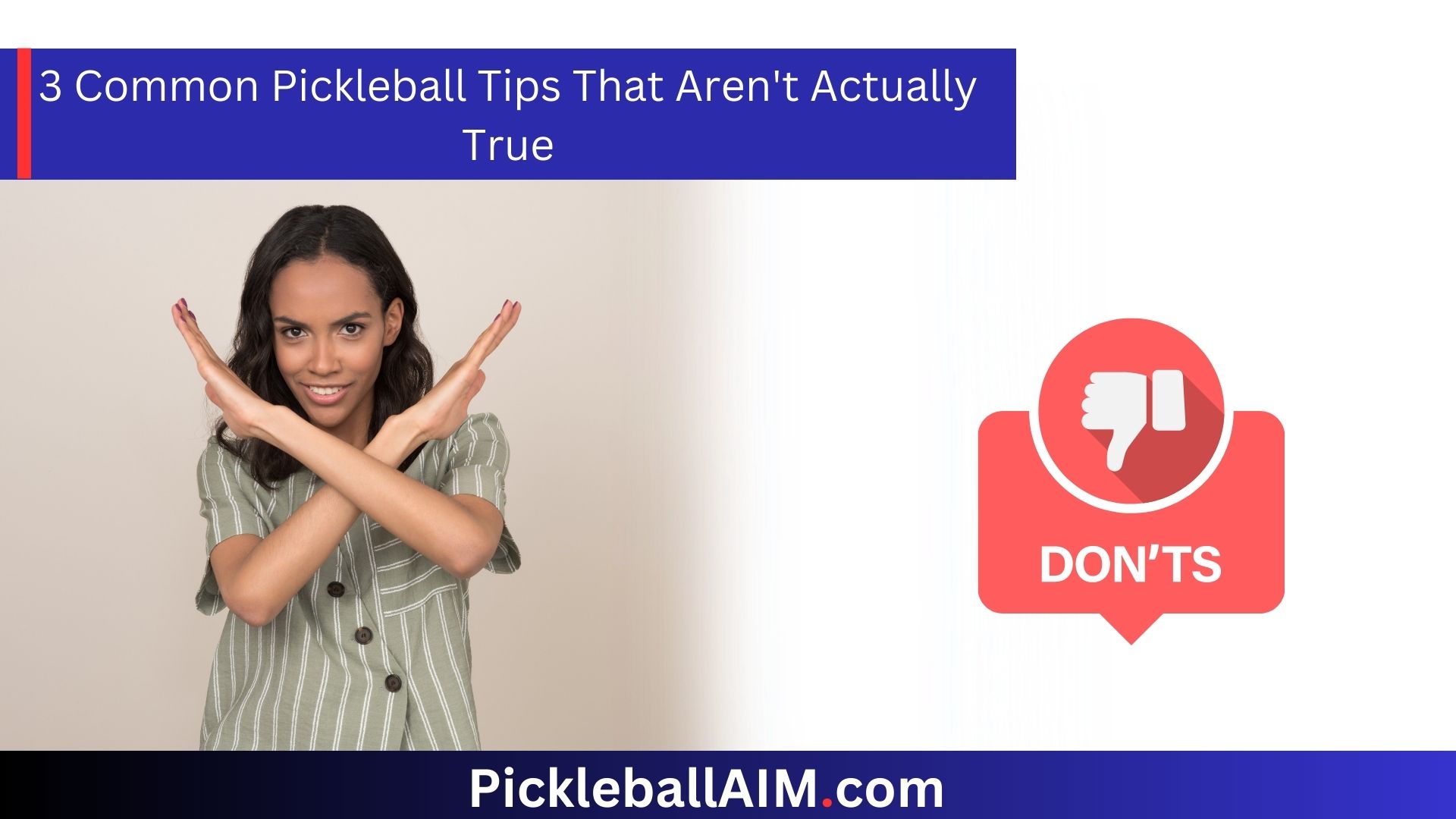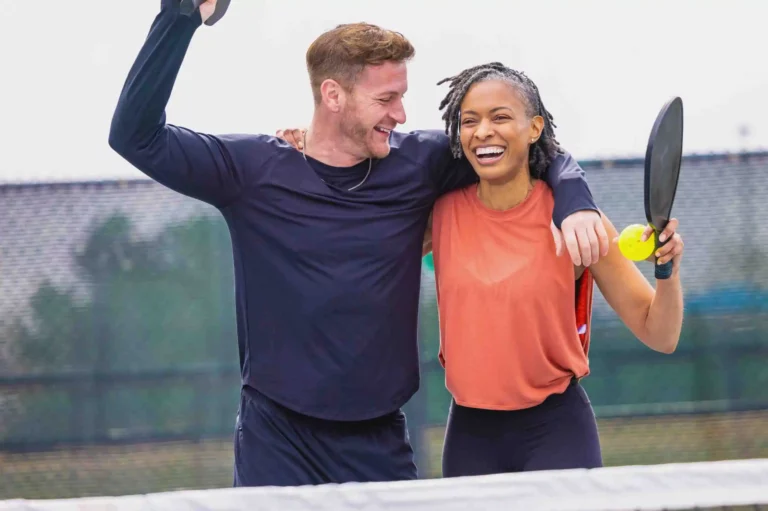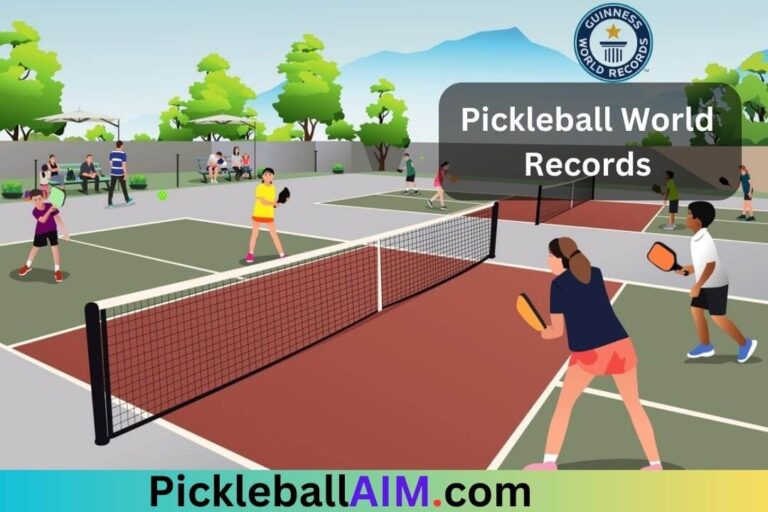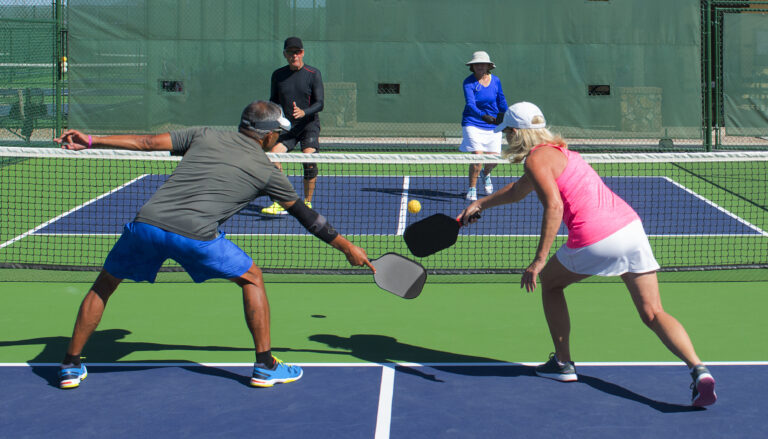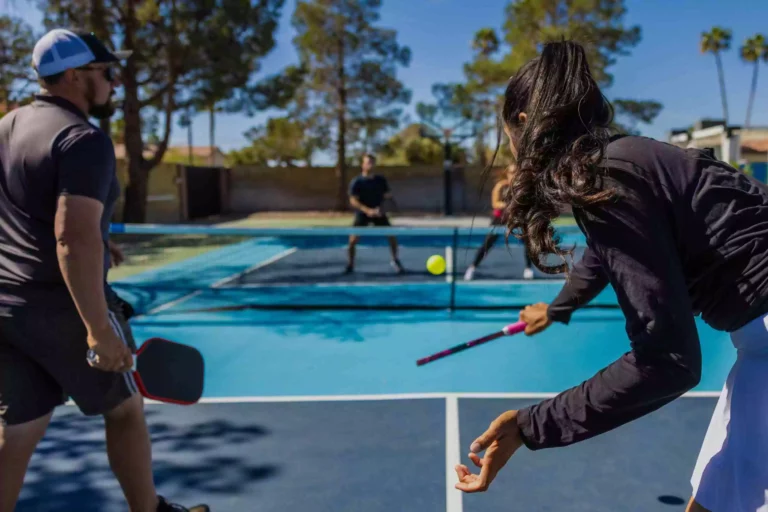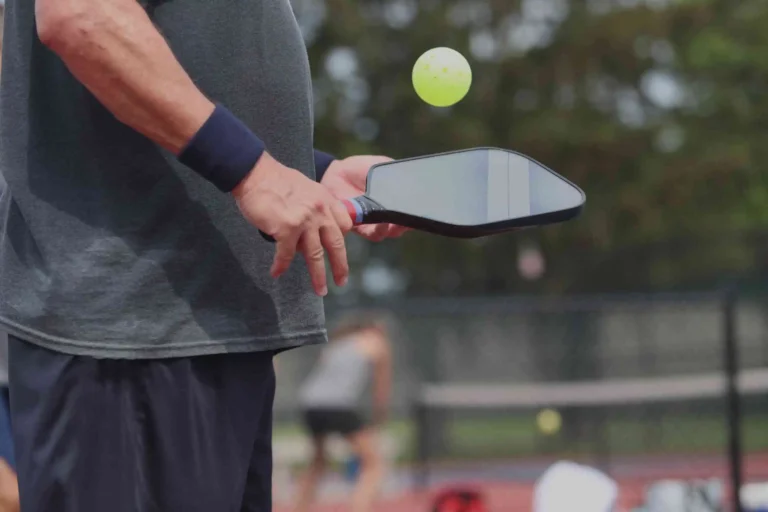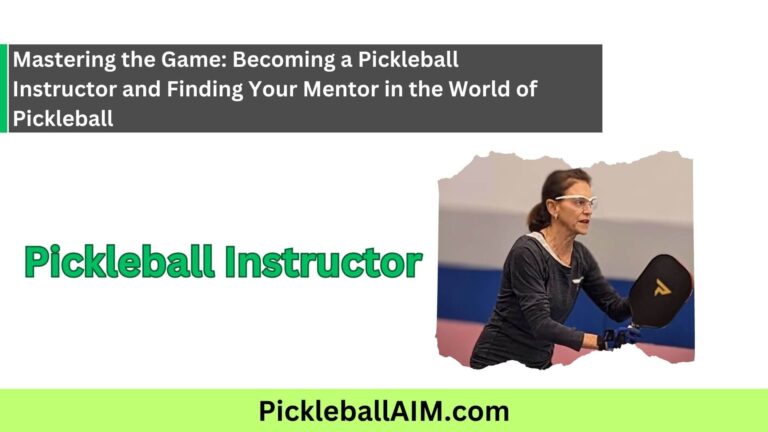3 Common Pickleball Tips That Aren’t Actually True
Pickleball, the popular paddle sport that combines elements of tennis, badminton, and table tennis, has gained a massive following in recent years. As with any sport, pickleball enthusiasts are constantly seeking tips and advice to improve their game. However, not all the advice you come across is accurate or beneficial. In this article, we will debunk three common pickleball tips that, despite their prevalence, may not be as true as they seem.
Tip 1: “Hit Hard for Better Placement”
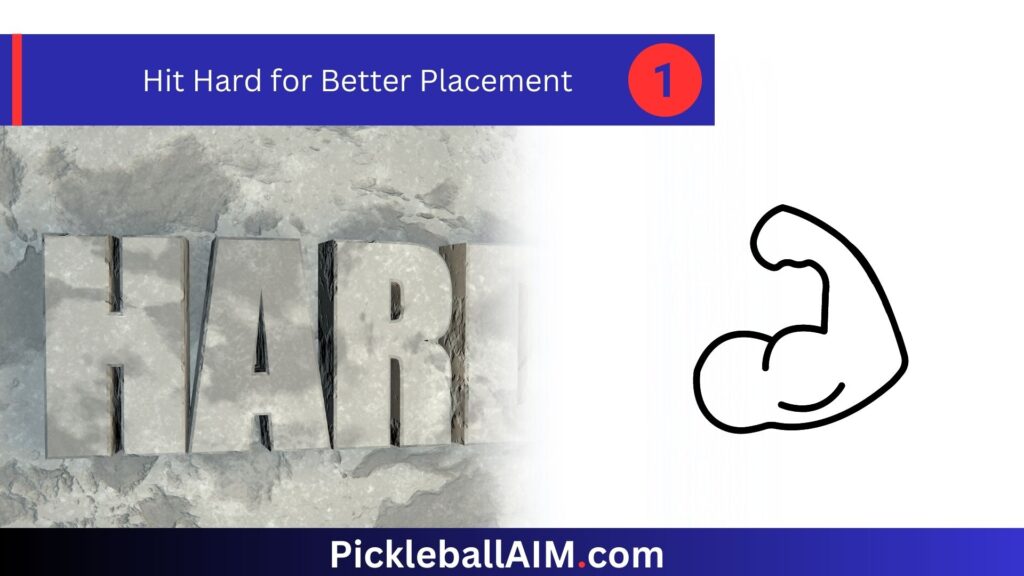
One of the most widespread myths in pickleball is the notion that hitting the ball hard automatically leads to better placement and a competitive advantage. While power certainly has its place in pickleball, it’s essential to remember that control and accuracy are equally—if not more—important. Hitting the ball too hard can result in overshooting your target, causing you to lose points.
Instead of focusing solely on power, work on your technique and timing. Controlled shots with strategic ball placement can be far more effective in putting your opponents on the defensive. Develop a balance between power and finesse to become a more versatile player and outmaneuver your opponents effectively.
Tip 2: “Stay at the Baseline to Defend”
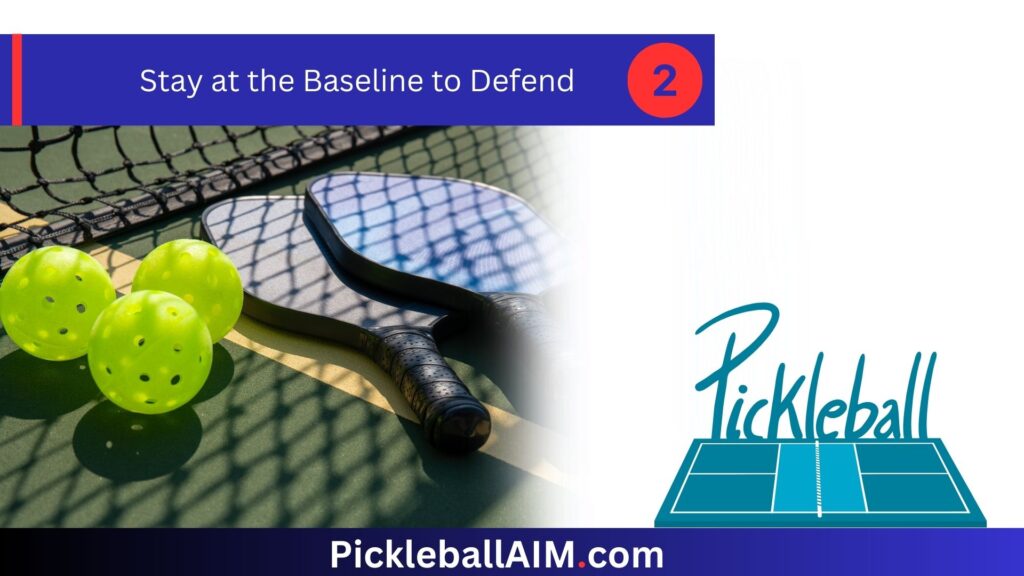
Many players assume that staying at the baseline is the safest defensive strategy in pickleball. While it’s true that staying back can help you cover more ground, it’s a misconception to believe that this is always the best approach. Pickleball is a dynamic game that requires quick reactions and adaptability.
Staying too far back can limit your ability to take advantage of opportunities and control the game. Skilled opponents can exploit this by hitting drop shots or dinking the ball close to the net, making it challenging for you to reach and return effectively. Instead, practice a balanced position that allows you to move forward or backward based on the situation. Being ready to engage at the non-volley zone1The non-volley zone in pickleball is a designated area close to the net where players cannot hit the ball out of the air (volley) to ensure fair gameplay and prevent overly aggressive play. (the kitchen) can help you maintain control and counter your opponents’ strategies more efficiently.
Tip 3: “Lobbing Is a Winning Strategy”
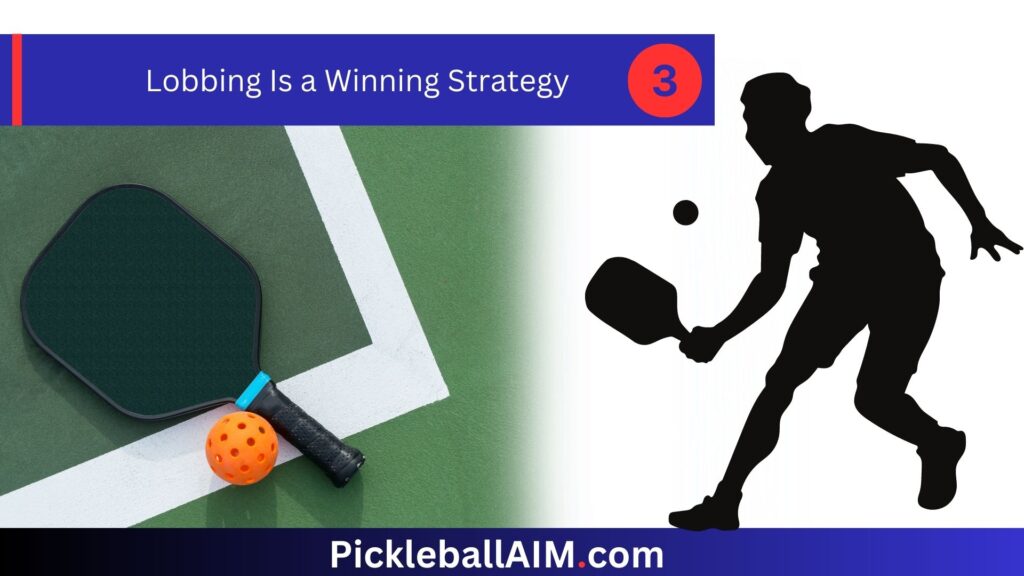
Lobbing, which involves hitting the ball high and deep to send it over your opponents’ heads, can be an effective tactic when used judiciously. However, the idea that lobbing2Lobbing in pickleball refers to hitting a high, arching shot over the opponents’ heads, typically used defensively to create distance and buy time. should be your primary strategy is a misconception. Relying solely on lobs can put you at a disadvantage against skilled opponents who can easily track and return these shots.
Excessive lobbing allows your opponents to position themselves for a powerful smash or a precise placement. Additionally, it takes away your opportunity to dictate the pace of the game and control the net. Instead of overusing lobs, incorporate them as part of a diversified strategy. Combine lobs with other shots, such as dinks and volleys, to keep your opponents guessing and maintain control of the game.
Summary About 3 Common Pickleball Tips That Aren’t Actually True
Pickleball is a sport that requires a balance of skill, strategy, and adaptability. While seeking advice to improve your game is commendable, it’s crucial to critically evaluate the tips you come across. The three common pickleball tips discussed—hitting hard for better placement, staying at the baseline to defend, and relying solely on lobbing—are not always true and can hinder your progress on the court.
Remember that pickleball is about finesse, strategy, and mastering a variety of shots. Focus on developing your skills, understanding court positioning, and adapting to different opponents and situations. By debunking these common myths and adopting a well-rounded approach to your game, you’ll be well on your way to becoming a more skilled and successful pickleball player.
Navigating the World of Pickleball Advice
As you continue your pickleball journey, it’s essential to approach advice with a critical mindset. The sport is constantly evolving, and what works for one player may not necessarily work for another. Here are a few tips to help you navigate the world of pickleball advice and make informed decisions:
1. Seek Advice from Knowledgeable Sources
When seeking pickleball advice, turn to reputable sources such as experienced players3Experienced players can enhance your pickleball skills through personalized guidance, constructive feedback, and strategic insights, leading to accelerated improvement in your game., certified coaches, and instructional videos4“Instructional videos provide visual guidance and tips that enhance your pickleball game by demonstrating proper techniques and strategies.” from established players. Avoid relying solely on anecdotal advice from well-meaning players who might not have a deep understanding of the sport’s intricacies.
2. Experiment and Adapt
Pickleball is a versatile sport with room for experimentation. Use practice sessions to try out different strategies and techniques. Keep track of what works well for you and adapt your game plan based on your strengths and weaknesses.
3. Embrace a Growth Mindset
Approach your pickleball journey with a growth mindset. Be open to learning from your experiences, both successes, and setbacks. Don’t be discouraged if a certain strategy doesn’t yield immediate results. Use each game as an opportunity to refine your skills and tactics.
4. Analyze Your Opponents
One of the keys to success in pickleball is understanding your opponents’ strengths and weaknesses. Observing their playing style and tendencies can help you tailor your strategy to exploit their vulnerabilities. This analytical approach can give you a competitive edge on the court.
5. Focus on Fundamentals
While advanced techniques can be alluring, don’t underestimate the importance of mastering the fundamentals. Solid footwork5Footwork in pickleball refers to the proper movement and positioning of your feet on the court, and improving it involves practicing efficient steps, balance, and quick adjustments to reach shots effectively., proper grip, accurate volleys6In pickleball, “volleys” refer to hitting the ball in the air before it bounces, typically executed near the net., and effective dinks“DINKs in pickleball refer to soft and controlled shots hit just over the net, often used strategically to set up advantageous plays.” form the foundation of a strong pickleball game. Without a solid foundation, advanced tactics might not yield the desired results.
6. Practice, Practice, Practice
Consistent practice is the backbone of improvement in any sport. Dedicate time to honing your skills, whether through drills, casual games, or more structured training sessions. The more you practice, the more confident and skilled you’ll become on the court.
Nourishing your body is a form of self-care. Let these recipes from a nutrition expert remind you that healthy eating can be both delicious and empowering.
Yasir
Conclusion
In the exciting world of pickleball, there’s no shortage of advice and tips to help you up your game. However, not all advice is created equal. The three common pickleball tips we’ve debunked—hitting hard for better placement, staying at the baseline to defend, and relying solely on lobbing—serve as a reminder that critical thinking is essential in your pursuit of improvement.
By seeking advice from reliable sources, experimenting, embracing a growth mindset, analyzing opponents, focusing on fundamentals, and dedicating time to practice, you’ll be well-equipped to develop a well-rounded and effective pickleball strategy. As you refine your skills, remember that success in pickleball is a journey that requires patience, adaptability, and a genuine love for the game.
